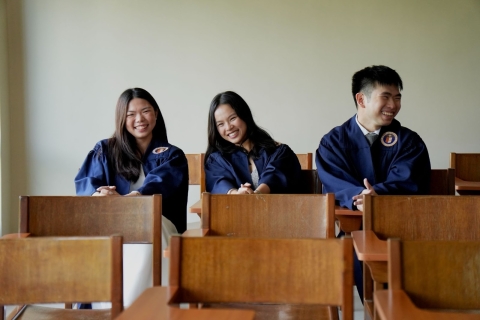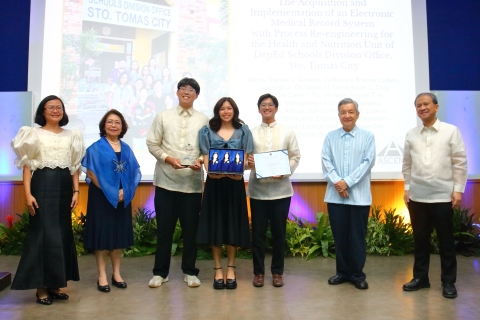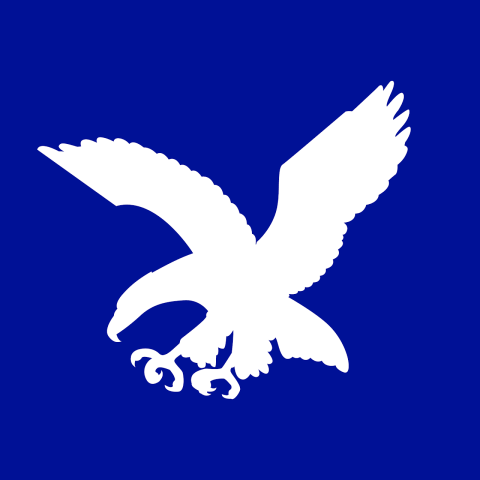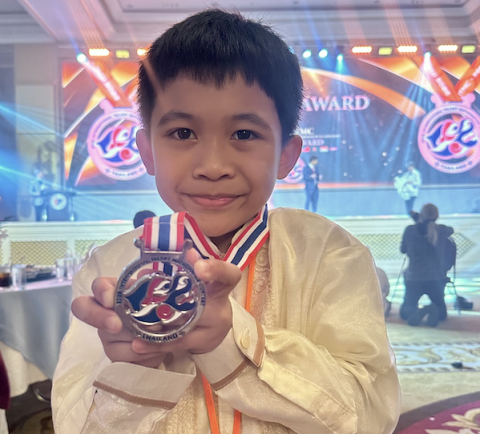Lavi Subang is AJHS's 2nd Minecraft Global Mentor
16 Feb 2023
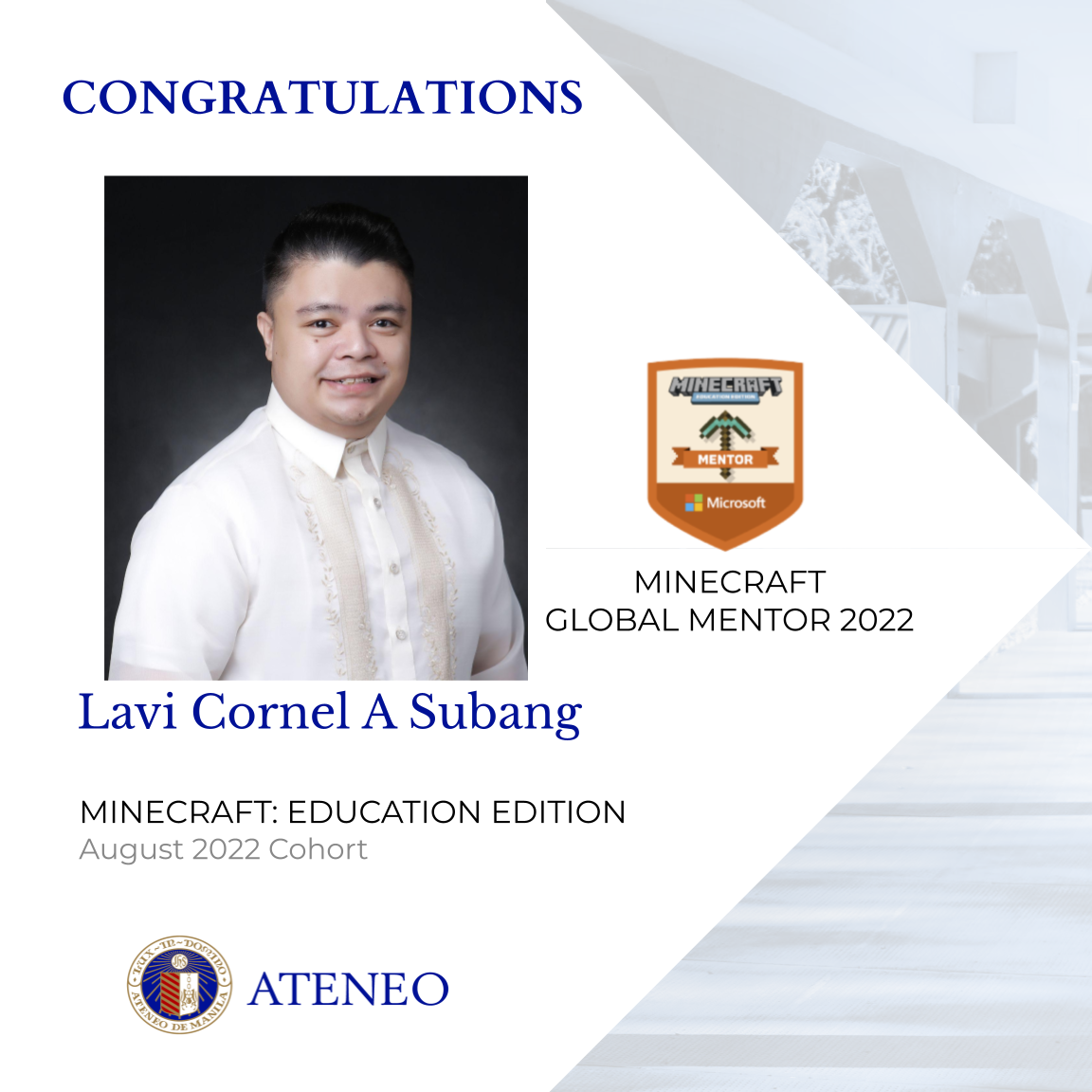
Ateneo de Manila Junior High School Science subject area faculty Lavi Subang, MS Sci Ed, became a Minecraft Education Edition Global Mentor in August 2022. He is AJHS’s second global mentor, following fellow Science faculty Mr. Jason Arias, who joined the program in August 2021. In fact, it was Mr. Arias who introduced Mr. Subang to the mentorship program and encouraged him to apply.
The Minecraft global mentor title is one that Mr. Arias and Mr. Subang share with over 400 others in more than 70 countries. As stated in the acceptance letter from the Minecraft Education Edition team, Mr. Subang “…will join a community of passionate educators around the world dedicated to helping others use Minecraft to build a better world through the power of play.” He will also “…speak at webinars and conferences, help moderate the (Minecraft) community, judge competitions, write lesson plans and blogs, and meet with the (Minecraft) product team to help make Minecraft Education Edition the best it can be in the classroom.”
So how did Mr. Subang become a Minecraft global mentor? He believes that his application was accepted because he was already using Minecraft Education Edition to teach science to grade 9 boys during School Year 2021-2022, when all classes were still being held online due to the Covid-19 pandemic. During the October 2021 celebration of Mole Day, for instance, he “borrowed” the iconic Minecraft version of the AJHS campus that Jason Arias had created and used it for the Amazing Race-inspired “A-Mole-zing Race.” The game challenged players to find teachers in various places around the virtual campus, and to correctly answer questions posed to them by the adults before being allowed to advance to the next leg.
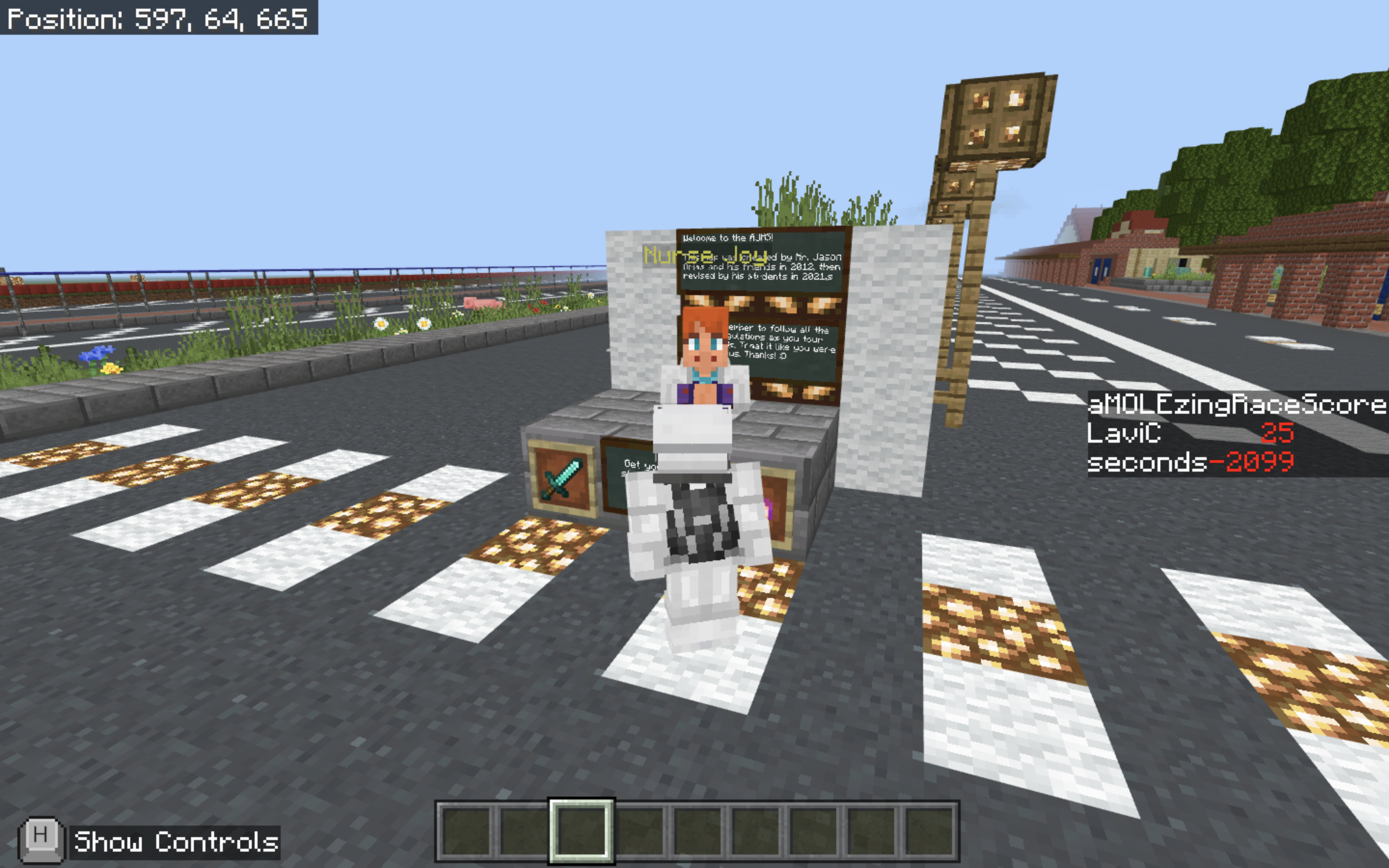
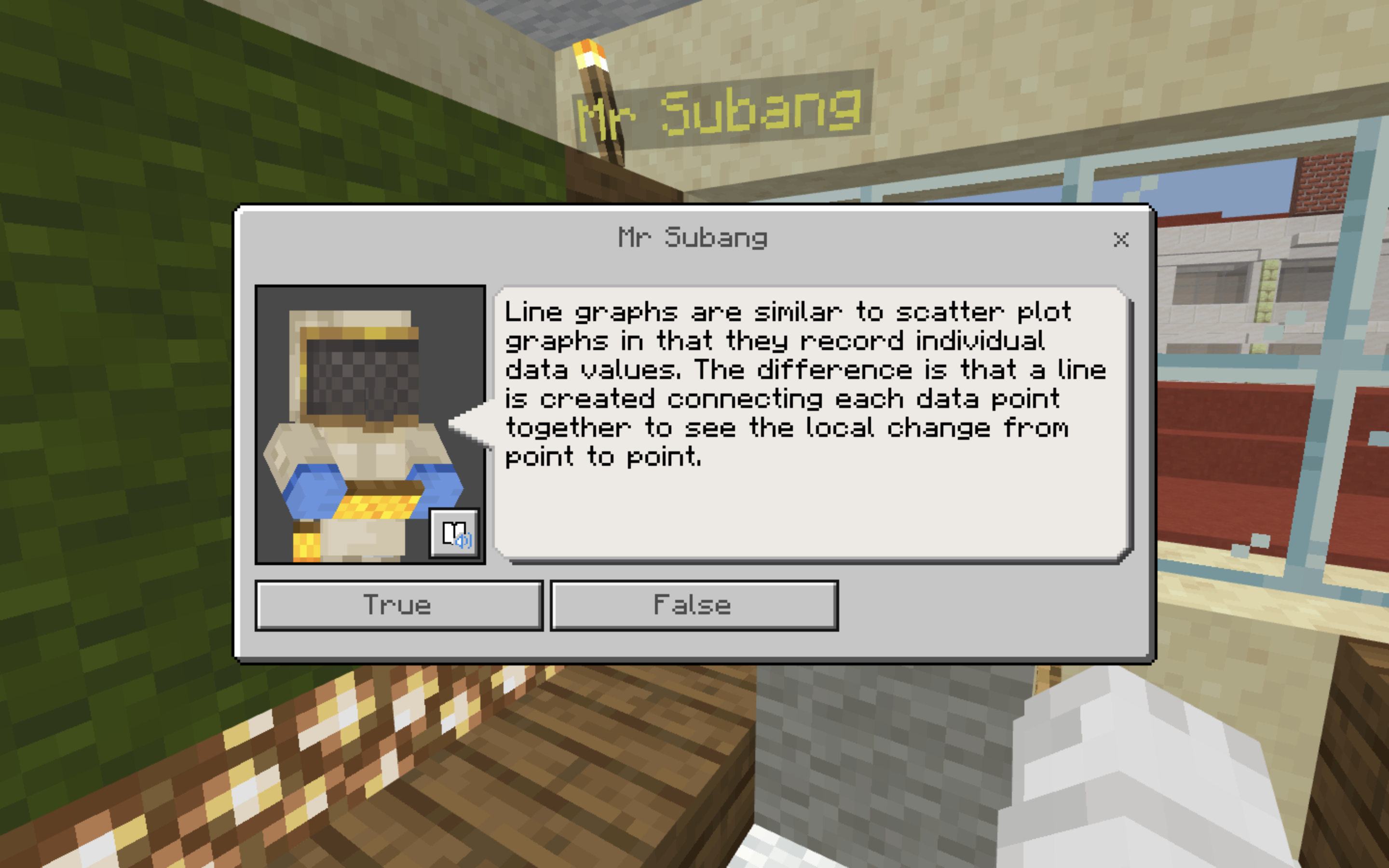
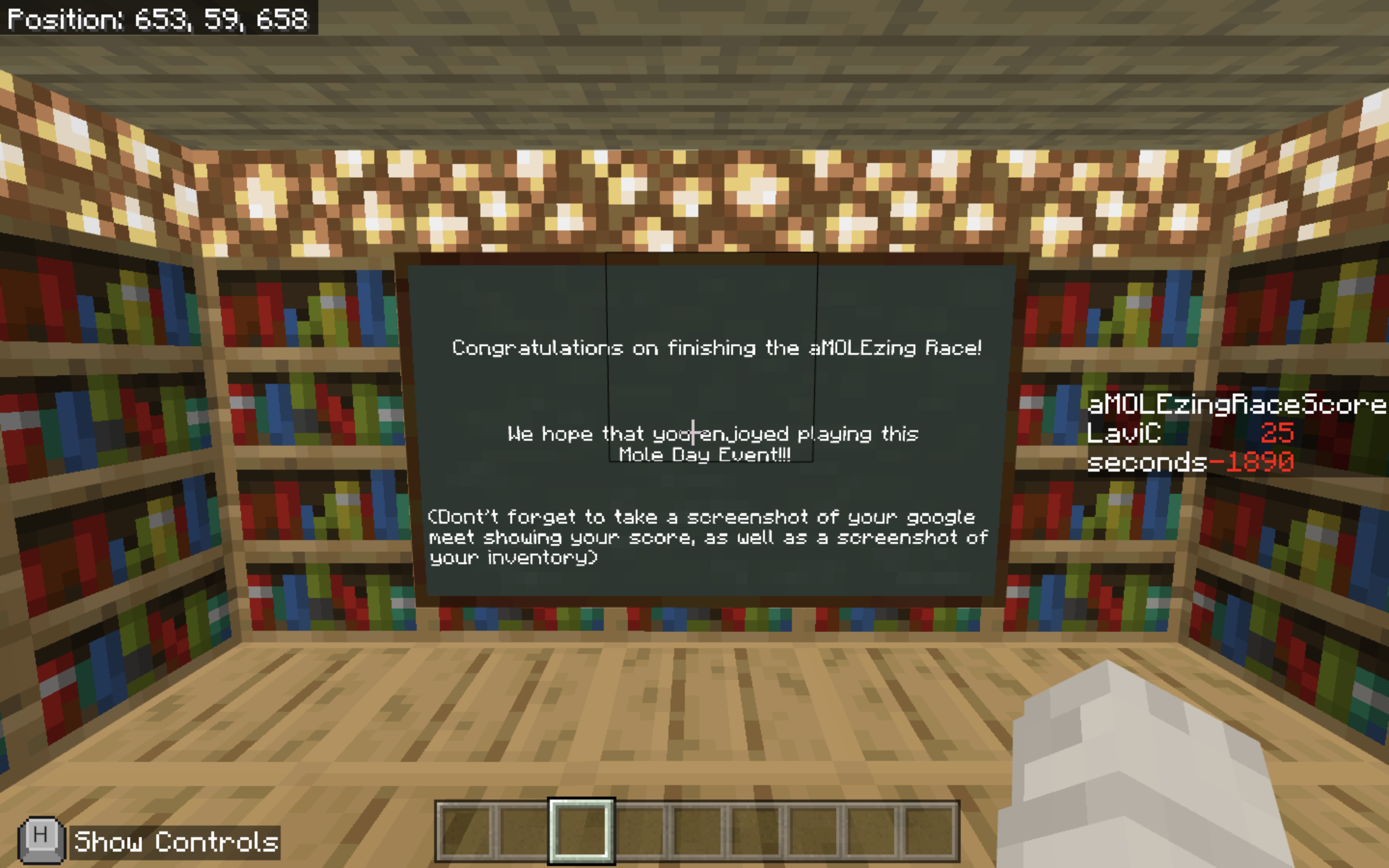
Another Mole Day innovation of Mr. Subang’s was the “minecraftization” of the Mole Sculpture competition. Prior to the pandemic, teams of students would gather in the AJHS chemistry lab and then make a mole sculpture out of aluminum foil within an allotted time frame. Judges would then evaluate the finished foil creations and determine the winner. Because there were no face-to-face classes in October 2021, Mr. Subang and his fellow science teachers tweaked the contest so that it would work virtually. So came the idea to have the students use Minecraft blocks to make a virtual sculpture instead of a physical one. The boys were given precisely 602 blocks (because a mole is 6.02 x 10 to the 23rd power, in case you forgot) to make their virtual mole sculpture.
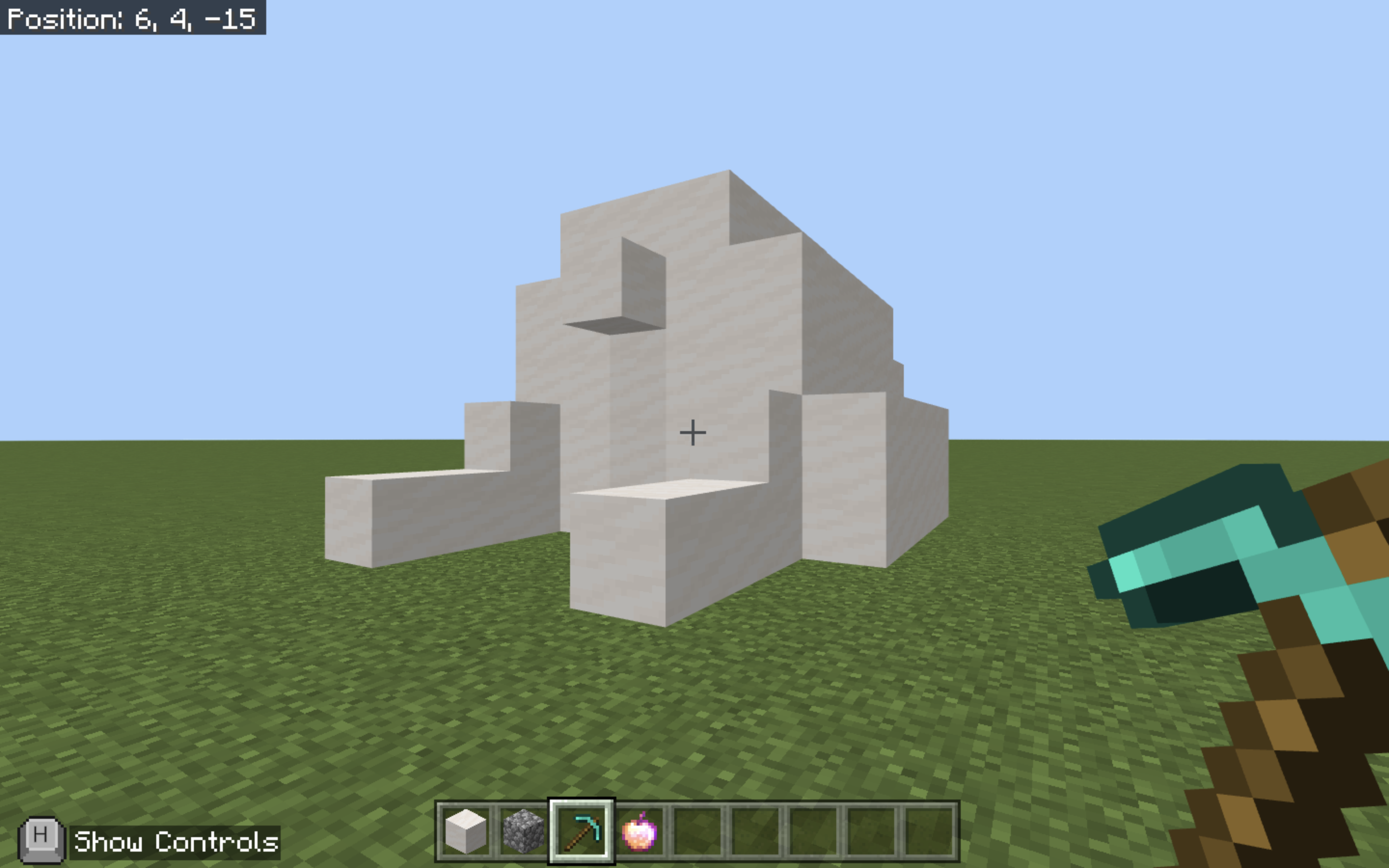
Mr. Subang was amazed not only by the aesthetic merits of the students’ virtual sculptures, but also by the seriousness with which some teams approached the task. One class even held auditions to determine which of their classmates would be on the mole sculpture team. “In terms of creativity, these kids were really legit,” says a beaming Mr. Subang.
He clarifies that it’s not a problem if a student does not play Minecraft or is unfamiliar with the world-building game. Mr. Subang says that any lesson that uses Minecraft is either a group work that everyone—whether or not they play Minecraft—can participate in; or, if it is an individual task, anyone can quickly learn. An example of the latter came into play when Mr. Subang taught flame tests and used Minecraft Education Edition’s chemistry app to teach the concept. “Every metal has a specific color that it will emit as you introduce it to a flame,” he elaborates. “In the Minecraft Education Edition chemistry pack, there are different metals available. You also have your element maker and compound creator, where you can mix your elements.” With these tools, the students- even those who don’t play Minecraft- learned how to “perform” the flame test experiment with a few strokes of the keyboard and saw for themselves that each metal does indeed give off a unique color when introduced to a flame, the online color matching the flame’s color in the real world.
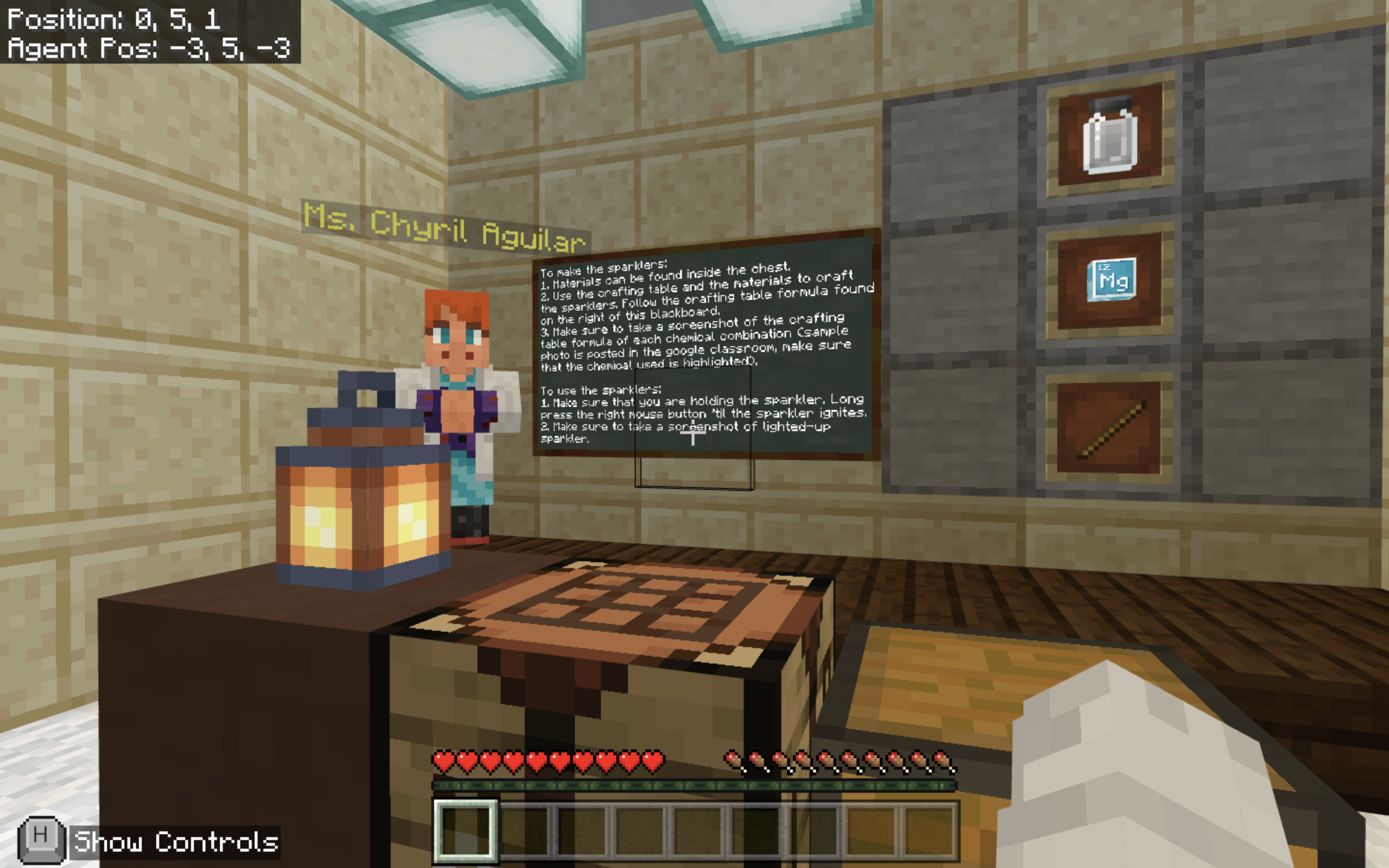
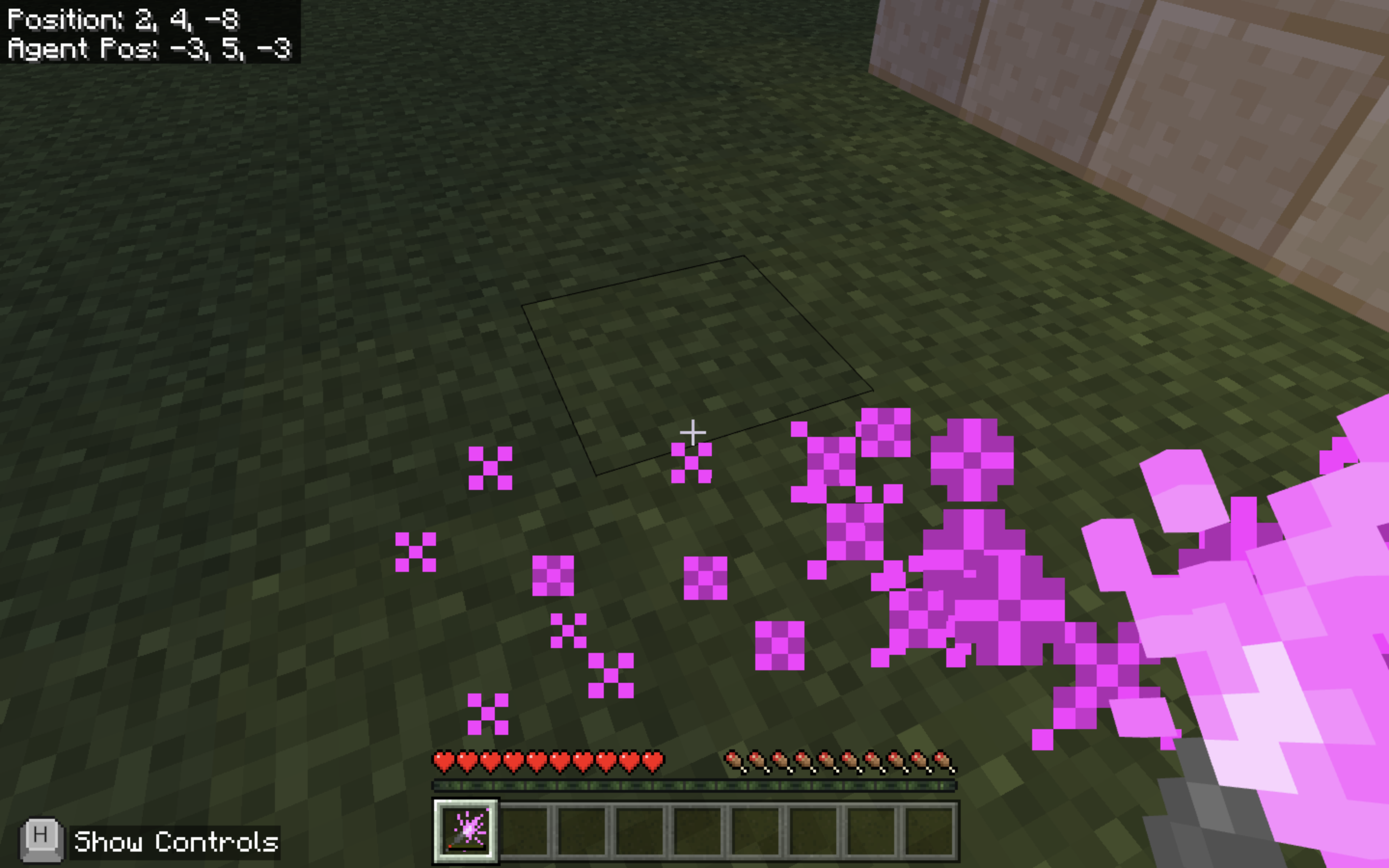
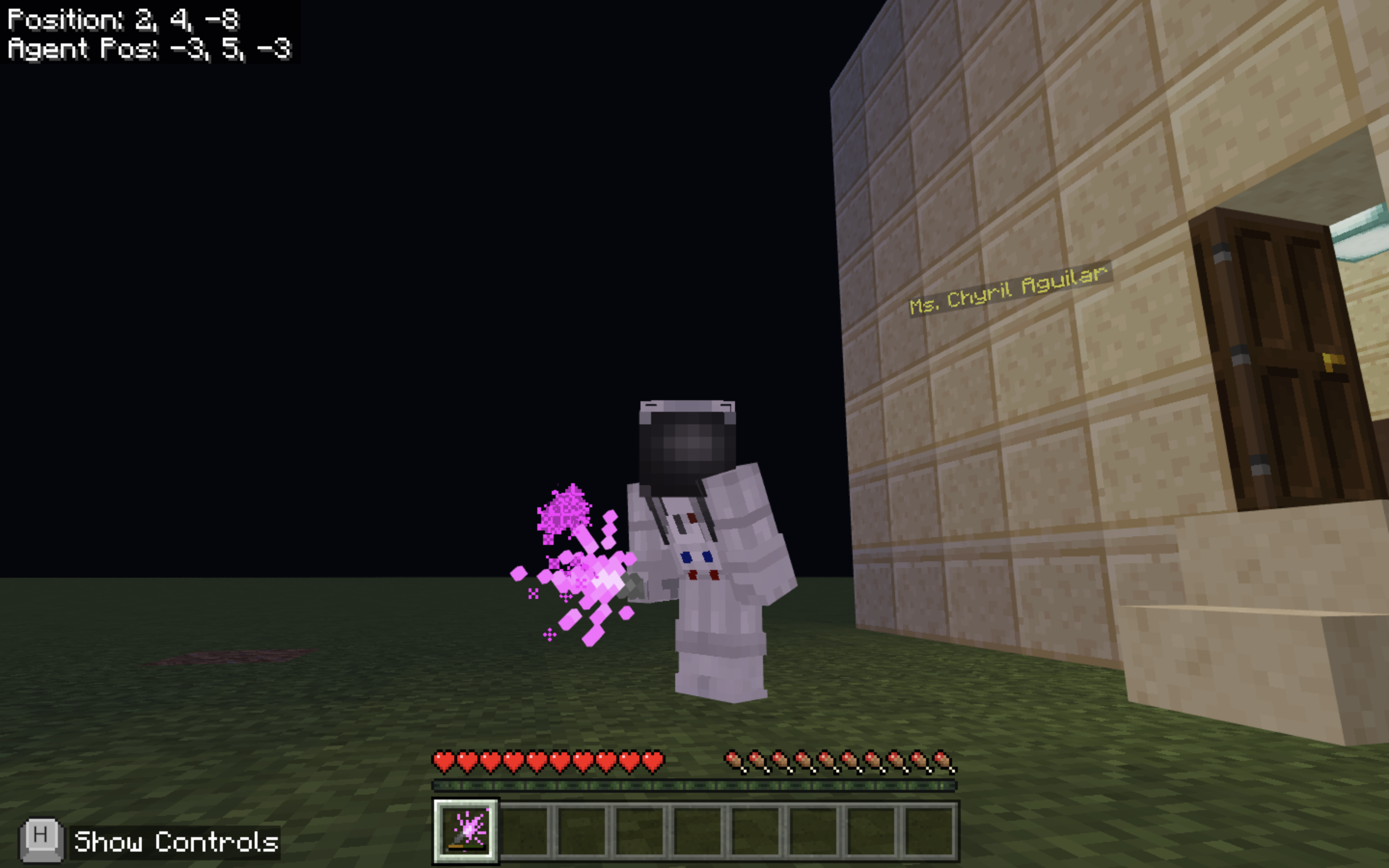
During the pandemic, without Minecraft, the teachers were limited to showing students a video of the flame test. With Minecraft, the boys tapped the keyboard and conducted the virtual flame test themselves. And though the results were only a simulation, there’s no denying that the Minecraft tweak increased the students’ engagement and made them more active participants in the experiment compared to the experience of just viewing a video.
Since being welcomed as a Minecraft global mentor in August 2022, Mr. Subang has attended talks and training sessions given by fellow mentors. And though he has not yet given a talk himself, he has not been idle in his promise to “…use Minecraft to build a better world through the power of play.” In the celebration of Mole Day 2022 last October, for instance, he created a new Minecraft underwater world for the “Finding Nemole” virtual game, which even featured an elaborate sunken temple.
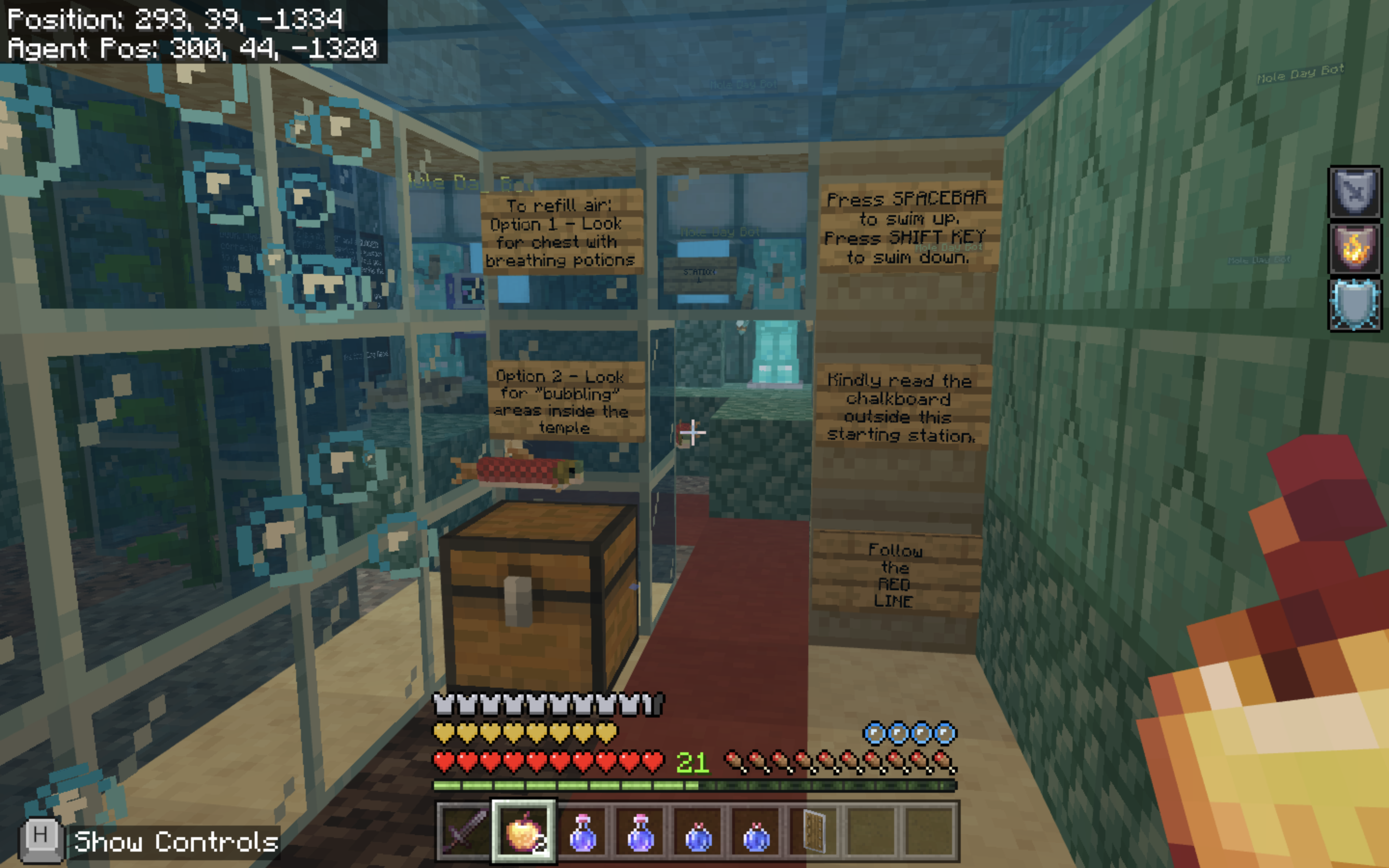
And why was there an online component to Mole Day 2022 even though AJHS had already resumed face-to-face classes this school year? Simple…the students had so enjoyed the Minecraft activities from the 2021 celebration that it was a no-brainer for the AJHS Science subject area to retain them in Mole Day 2022.
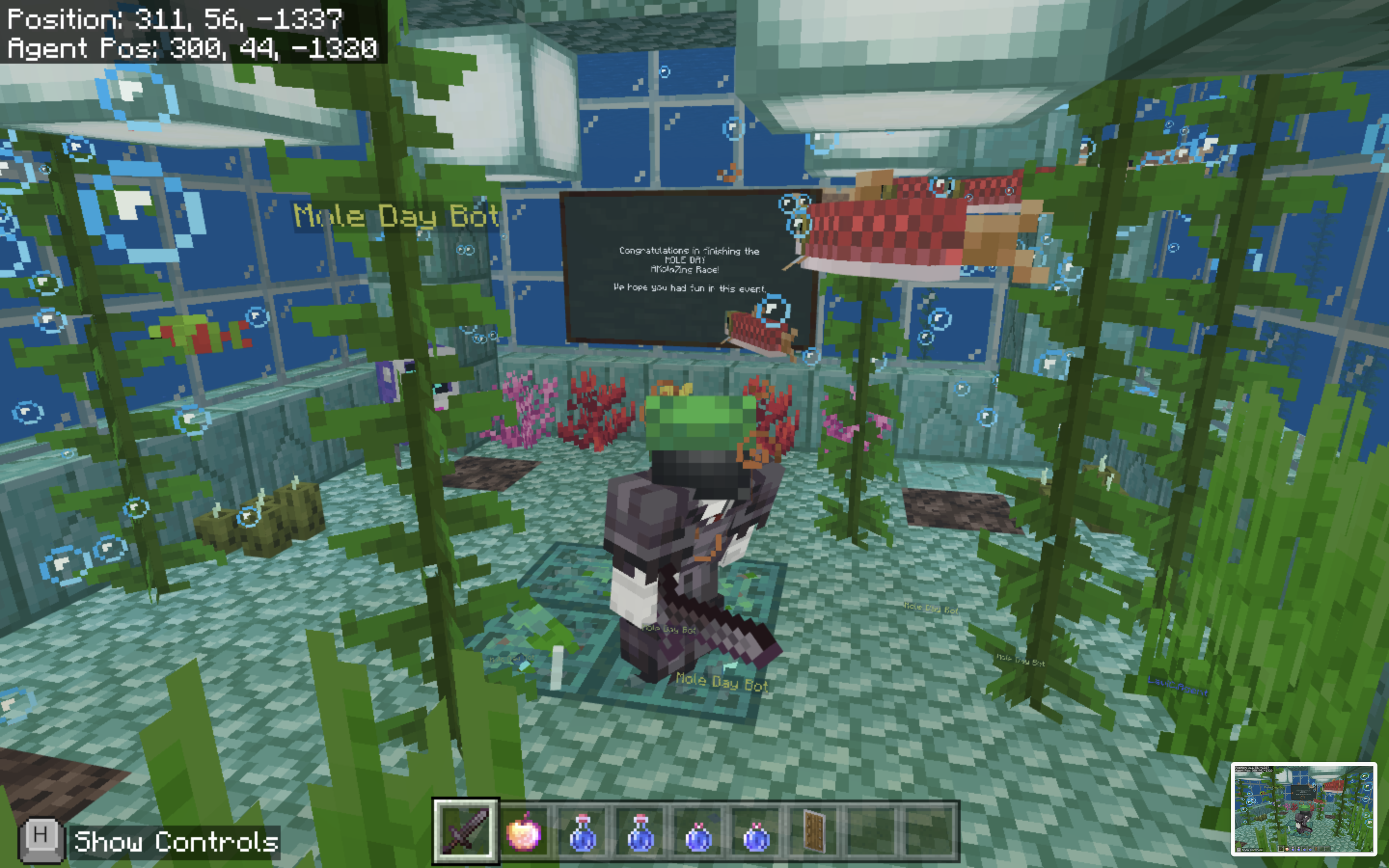
He has also learned a few tricks from the talks delivered by distinguished educators, some of whom have been using Minecraft to teach for more than 10 years. Mr. Subang has learned how to change the blocks in Minecraft and insert these in the coding, a skill that even the most extreme gamers don’t possess.
With the knowledge he has absorbed, Mr. Subang looks forward to “increasing the repertoire of the different compounds available in the chemistry padlet because only five or six compounds are currently available in the app.”
This goal, however, will take time, because it involves lots of coding, building, and testing. As Mr. Arias says, “It’s like making the teachers design their own video games tailor-made to specific lessons. The Minecraft mentors have given us lots of materials, but we want to customize these and use them in a specifically Ateneo context.”
Mr. Subang, though, is undaunted by these challenges. His first few months as a Minecraft global mentor have further fueled his desire to find even more ways to use Minecraft to make science lessons more engaging. “One thing I love about Minecraft is that it’s a sandbox. It’s not just a player vs player game. You can use it to showcase your musical skills and even create art. You can do anything.”
